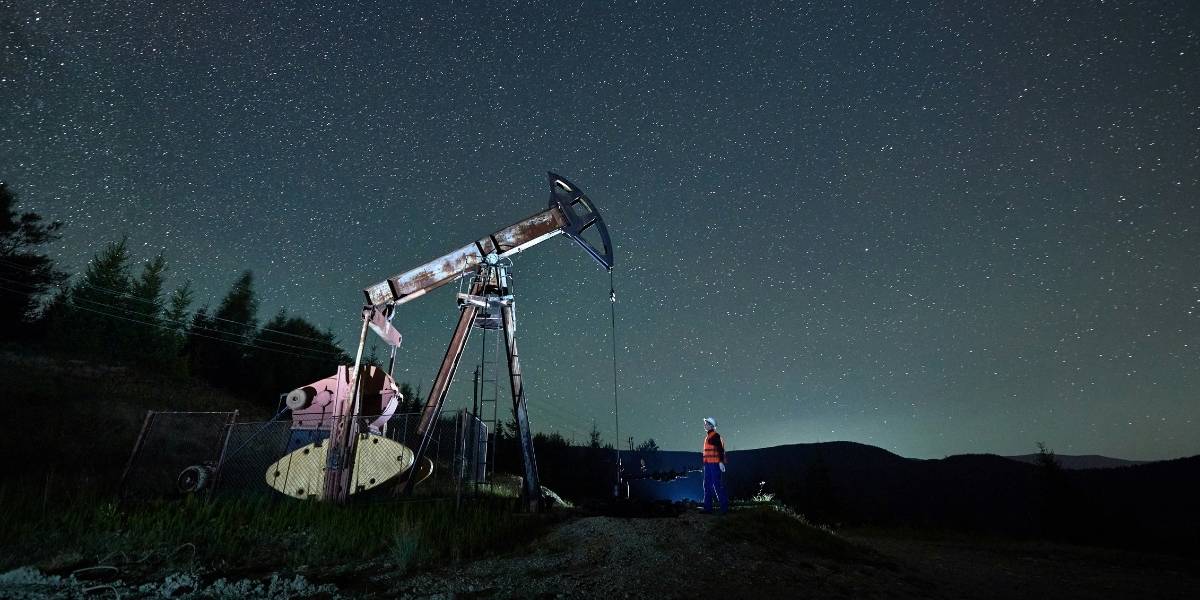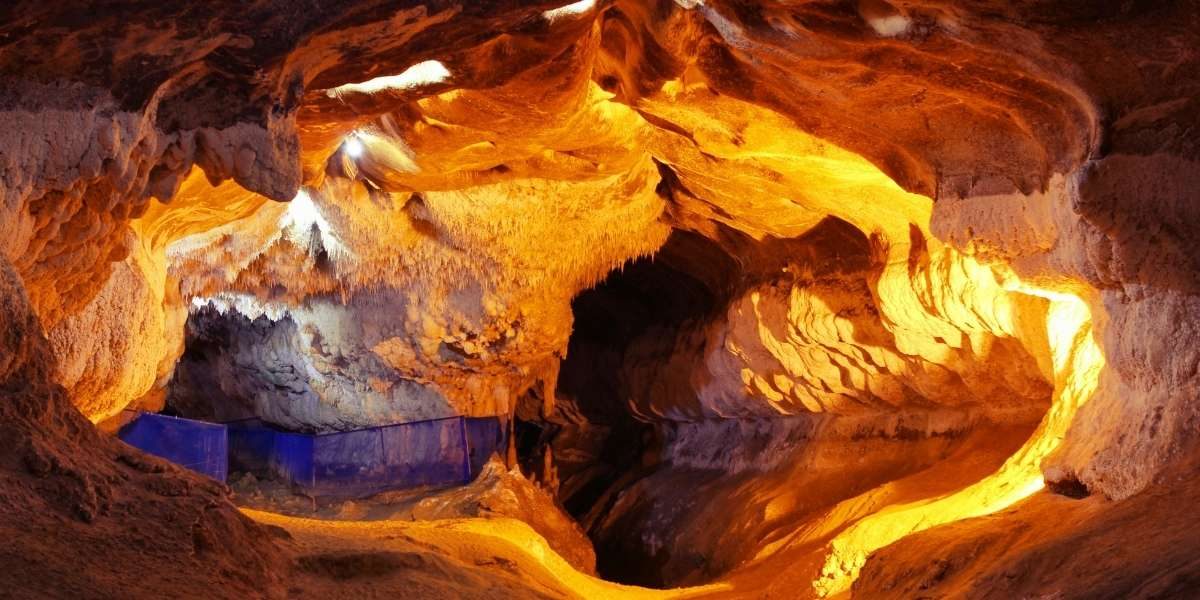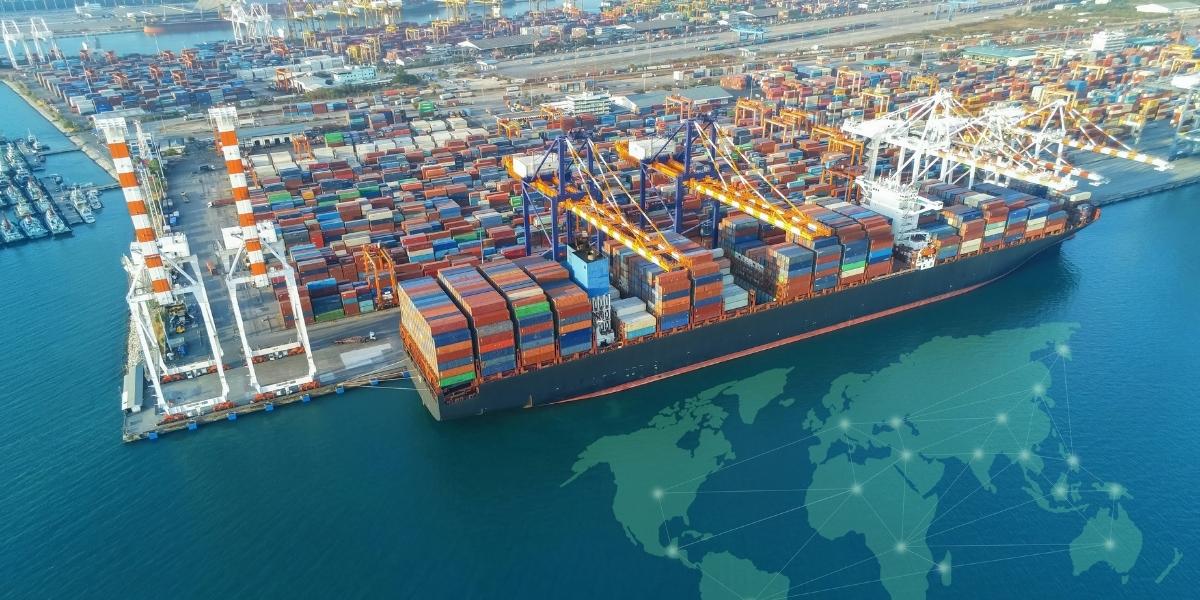The Layers of Earth: Exploring What Lies Beneath
Our planet, Earth, appears as a solid, unmoving sphere from space, a vibrant blue marble speckled with green and brown. However, beneath its surface lies an incredibly dynamic and complex internal structure, organized into distinct layers of Earth. Much like an onion, our world is composed of concentric shells, each with unique characteristics, compositions, and temperatures. Understanding these layers is fundamental to comprehending everything from volcanic eruptions and earthquakes to the Earth’s magnetic field and the very forces that shape continents over geological timescales. This journey to the planet’s core reveals a hidden world of immense pressure, unimaginable heat, and constant, albeit slow, motion.
Read Also: The Fascinating World of Underwater Caves and Their Ecosystems
For centuries, the true nature of Earth’s interior remained a mystery, largely inaccessible to direct observation. Our current understanding stems primarily from the study of seismic waves generated by earthquakes. As these waves travel through the Earth, their speed and direction change depending on the density and state of the material they pass through, providing scientists with a powerful “sonar” system to map the planet’s hidden depths. This indirect evidence has allowed us to construct a detailed model of the layers of Earth, painting a picture of a planet alive with internal energy, constantly evolving beneath our feet, influencing everything from the distribution of oceans to the very air we breathe.
What Are the Primary Layers of Earth?
The most fundamental way to categorize the layers of Earth divides the planet into three primary components: the crust, the mantle, and the core. Each of these main layers differs significantly in its composition, temperature, and physical state. The crust is the outermost solid shell, relatively thin and brittle, forming the landmasses and ocean floors we inhabit. Beneath it lies the much thicker mantle, a mostly solid but ductile layer that constitutes the largest volume of Earth’s interior. At the very center is the core, an incredibly hot, dense region primarily composed of iron and nickel, further subdivided into liquid and solid parts.
This basic division provides a framework for understanding the planet’s internal dynamics. The interactions and characteristics of these major layers of Earth drive virtually all geological phenomena observed on the surface. For instance, the movement of the crust, leading to earthquakes and mountain building, is a direct consequence of forces generated within the mantle. The Earth’s powerful magnetic field, which shields our planet from harmful solar radiation, originates from the dynamic processes occurring within the metallic core.

Photo Credit: Unsplash.com
The differences in temperature and pressure across these layers of Earth are immense. As one descends deeper, both temperature and pressure increase dramatically, influencing the state of matter at each depth. While the crust is relatively cool, temperatures in the inner core are believed to rival the surface of the Sun. This gradient of heat drives convection currents within the more fluid layers, acting as a planetary engine that continually reshapes our world.
Exploring the Earth’s Outermost Layer: The Crust
The Earth’s crust is the thinnest and outermost of the layers of Earth, analogous to the skin of an apple in proportion to the entire fruit. It is highly varied in thickness, ranging from approximately 5 to 10 kilometers (3 to 6 miles) beneath the oceans, known as oceanic crust, to about 30 to 70 kilometers (19 to 43 miles) under continents, forming the continental crust. Composed primarily of lighter silicate rocks like granite in continental areas and basalt in oceanic areas, it is the layer we interact with directly, supporting all life and containing all known geological features like mountains, valleys, and sedimentary basins.
Despite its relative thinness, the crust is the most accessible and studied of the layers of Earth. It is broken into several large pieces called tectonic plates, which are constantly, though slowly, moving across the Earth’s surface. This movement is responsible for many of the planet’s most dramatic geological events. When these plates collide, pull apart, or slide past each other, they generate earthquakes, trigger volcanic eruptions, and lead to the formation of majestic mountain ranges. The continuous recycling of crustal material through processes like subduction and seafloor spreading is a testament to the dynamic nature of this seemingly rigid outer shell.
The composition of the crust also varies significantly, reflecting different geological histories. Oceanic crust is denser, younger, and primarily mafic, originating from volcanic activity at mid-ocean ridges. Continental crust, by contrast, is older, less dense, and more felsic, accumulating over billions of years through various geological processes. These compositional and structural differences within the outermost of the layers of Earth directly influence the types of landforms, natural resources, and geological hazards present in different regions across the globe.
What Secrets Does the Earth’s Mantle Hold?
Beneath the crust lies the mantle, by far the thickest of the layers of Earth, extending to a depth of about 2,900 kilometers (1,800 miles). It constitutes roughly 84% of Earth’s volume and is primarily composed of silicate rocks rich in iron and magnesium. Despite being mostly solid, the mantle behaves like a viscous fluid over geological timescales. This plastic-like behavior is due to the extreme heat and pressure, which cause the rocks to slowly deform and flow in a process known as mantle convection. This slow churning motion is the primary driver of plate tectonics, influencing continental drift and geological activity on the surface.
The mantle is subdivided into several regions, notably the upper mantle, transition zone, and lower mantle, each with slightly different physical properties. The uppermost part of the mantle, combined with the crust, forms the rigid lithosphere, which is the layer that makes up the tectonic plates. Beneath the lithosphere lies the asthenosphere, a comparatively softer and more ductile region within the upper mantle. This is the zone where the mantle rocks are closest to their melting point, allowing the overlying lithospheric plates to slide and move across Earth’s surface. Understanding these subtle variations in consistency within the mantle is key to unlocking the secrets of our planet’s deep dynamics.
The immense pressure and temperatures within the mantle are beyond human experience. Temperatures range from about 500 degrees Celsius (932 degrees Fahrenheit) near the crust to over 4,000 degrees Celsius (7,232 degrees Fahrenheit) near the core. This heat is primarily generated from the decay of radioactive isotopes within the Earth’s interior and residual heat from the planet’s formation. The slow but powerful convection currents within this vast, hot, and flowing layer truly act as the engine of our planet, dictating the movements of continents and the distribution of geological forces across the globe, making it one of the most dynamic layers of Earth.
Delving into Earth’s Innermost Layer: The Core
At the very heart of our planet lies the core, the deepest and hottest of the layers of Earth, extending from approximately 2,900 kilometers (1,800 miles) below the surface to the Earth’s center at about 6,371 kilometers (3,959 miles). It is primarily composed of iron and nickel, with smaller amounts of other elements. This dense, metallic core is further divided into two distinct parts: the outer core and the inner core, each possessing unique physical states and playing critical roles in shaping our planet. The intense conditions within this innermost region create a truly alien environment unlike anything found on the surface.
The outer core is a liquid layer, about 2,200 kilometers (1,367 miles) thick, where temperatures range from 4,400 degrees Celsius (7,952 degrees Fahrenheit) to 6,100 degrees Celsius (11,012 degrees Fahrenheit). The extreme heat and pressure cause the iron and nickel to be molten, allowing it to flow in powerful convection currents. It is the movement of this electrically conductive liquid metal that generates Earth’s magnetic field, a crucial protective shield. This geodynamo effect deflects harmful solar radiation and charged particles from space, preventing them from stripping away our atmosphere and making life on Earth possible. Without this active, liquid outer core, our planet would be far more vulnerable to the harsh realities of outer space.

Photo Credit: Unsplash.com
Enclosed within the liquid outer core is the inner core, a solid ball of iron and nickel with a radius of about 1,220 kilometers (758 miles). Despite temperatures estimated to be as high as 5,200 degrees Celsius (9,392 degrees Fahrenheit), comparable to the surface of the Sun, the immense pressure at this depth (over 3.6 million times that at Earth’s surface) prevents the iron from melting, keeping it solid. The inner core is slowly growing as the liquid outer core cools and solidifies around it. The interaction between the solid inner core and the liquid outer core is complex and is believed to play a role in modulating the strength and direction of Earth’s magnetic field over time, underscoring the profound influence of these deepest layers of Earth on our planet’s global environment.
Why Do Earth’s Layers Remain Distinct?
The distinct separation of the layers of Earth is a result of a process called planetary differentiation, which occurred early in the Earth’s formation, billions of years ago. When Earth was a young, molten planet, heavier, denser elements like iron and nickel sank towards the center due to gravity, forming the core. Lighter, less dense materials, primarily silicate minerals, floated upwards, eventually cooling to form the mantle and the outermost crust. This fundamental separation based on density created the layered structure we observe today, with the densest materials at the core and progressively lighter materials towards the surface.
Although these layers of Earth are distinct, they are not static. The immense heat generated within the core continually transfers upwards through the mantle, driving the convection currents that power plate tectonics. This internal heat acts as the planet’s engine, ensuring that the Earth remains geologically active. The boundaries between layers are not always sharp lines; instead, they are often transition zones where properties gradually change. For instance, the boundary between the crust and mantle, known as the Mohorovičić discontinuity or Moho, is marked by a sudden increase in seismic wave velocity, indicating a change in rock density and composition.
Read Also: How Earth Hour Illuminates Our Commitment to Sustainability
The continued distinction of these layers of Earth speaks to the immense forces at play within our planet. Despite the constant heat transfer and slow convection within the mantle, the distinct chemical compositions and physical states of each layer persist. This stable layering is crucial for the planet’s long-term geological processes, enabling the recycling of crustal material, the generation of the protective magnetic field, and the maintenance of conditions suitable for life on its surface. The ongoing study of these hidden depths continues to reveal new insights into our planet’s dynamic past, present, and future.








